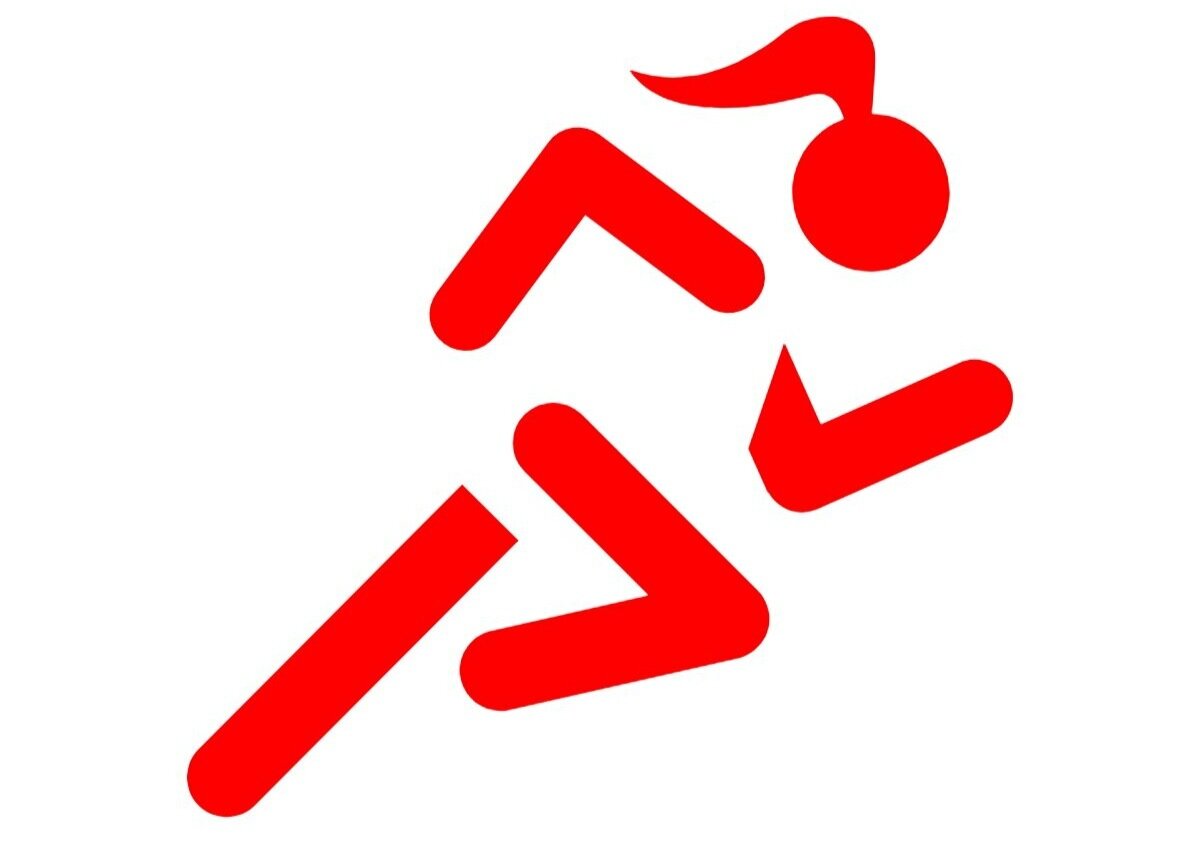Endurance (Part 2)
Following part one last month, here are my final few tips on how to make your endurance event more enjoyable.
Nutrition
Eat enough during your training and during the event. Whilst you’re training you are building muscles up and this needs to be fuelled appropriately. You can still eat healthily, but make sure you maintain a balanced diet with carbohydrate to fuel activity and protein to help build stronger muscles. During an event it can be easy to forget to eat (and sometimes you don’t feel like it) but it’s really important so prepare a snack schedule and know what you’re going to eat every half hour/hour. Alongside this make sure you stay hydrated. If it’s cold you may not feel as thirsty but add a drink into your snack schedule to keep your body happy.
Kit
Practice in your event kit (if you can). Wearing new kit (shoes or clothes) is never advised for event day, even if it is the same make as you have trained in. Any small changes can result in rubbing or chafing and nobody wants that. Pay particular attention to socks – possibly the most important kit item, but often underrated. You may feel ridiculous wearing mountain boots for your evening stroll but you will be happy you did it once the boots are worn in.
Altitude
It’s difficult to practice this in the UK and altitude sickness can affect anyone at any time. If you are above 2500m then you can start to feel the effects of altitude. At higher altitudes, your body can’t take in as much oxygen as it’s used to and, unsurprisingly this makes everything harder. There are many symptoms, usually featuring headaches and nausea. The solution is to approach with caution and give yourself time to get used to the heights. Just as when you are starting endurance training, don’t go too high too soon, and only make small increases in elevation. If you start feeling the effects, notify your guide or make your way to a lower altitude. If you feel the effects of altitude, continue to eat and drink enough even if you don’t feel like it.
Rest, Recovery and Taper
Your rest periods give your body time to recover from any training and enable your body to make the benefits of the training so instead of getting more fatigued, you get stronger. In the two or three weeks before your endurance event, reduce the intensity of your training – this will allow your body to consolidate your training and feel fresh for event day. Keep moving during this time – just not as much as you will have been doing in the build up to this point.
Remember to enjoy your training as much as the event. Don’t panic if things go wrong, you will face challenges in your training and this will help you to come up with a strategy during your event. If you feel any niggles as you work through your training, seek advice – a sports massage therapist can help relieve pain and offer advice on rehab if needed.
Get in touch if you have any questions or want advice on training, injury prevention or managing injuries.
